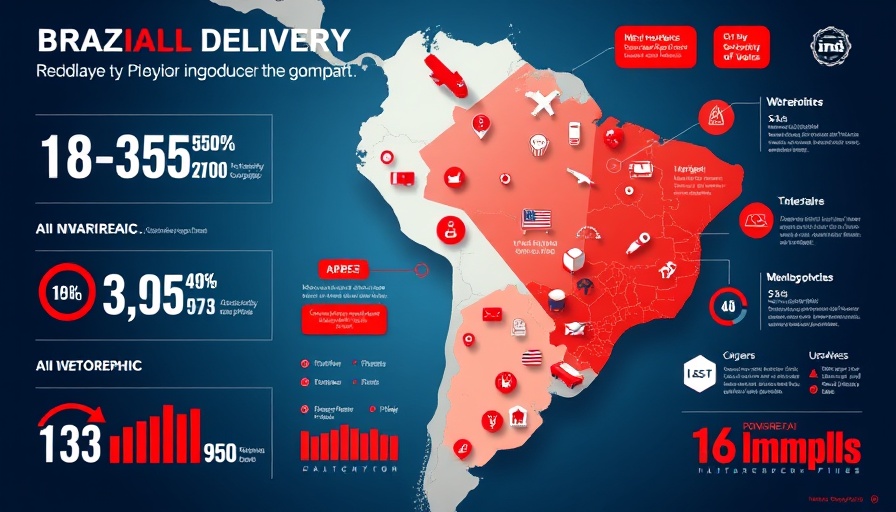
How iFood Transformed Incident Resolution with Atlassian
In today's fast-paced digital age, efficient service delivery is crucial, especially for high-volume platforms like iFood. As one of Brazil's leading food delivery services, iFood has achieved remarkable growth since its inception in 2011, now comprising 55 million active users and processing 110 million orders each month. To maintain seamless operations in this competitive market, iFood turned to Atlassian's Jira Service Management to streamline its incident management processes, uniting its Development and Operations teams.
Challenges of Siloed Communication
Before the implementation of Jira, iFood faced significant delays in incident response times. The reliance on Slack for recording incidents resulted in fragmented communication between teams, which prolonged response times, especially outside regular working hours. Customers expecting timely food delivery were left frustrated, with average wait times soaring as high as 150 minutes due to inefficient processes.
Quick Wins: Dramatic Speed Boost in Operations
Shifting to Jira Service Management empowered iFood to reduce its incident response time from 74 minutes to a mere 17 minutes. This leap was pivotal, allowing the tech giant to enhance customer satisfaction while minimizing reputational risk. The acceleration in incident resolution—from 150 minutes down to 55 minutes—showcased the impact of a unified approach to incident management. As highlighted by Eugenio Onofre, Senior Command Center Manager, the team's experience with Jira offers a shining example of operational excellence.
The Power of Unified Teams
With Jira, both monitoring and development teams collaborate more efficiently, eliminating the need for time-consuming tab switching that previously characterized their workflows. Now, insights are shared and acted upon quickly, significantly increasing the overall productivity of the teams involved.
Future Implications: A Model for Other Organizations
The journey of iFood illustrates a critical insight for other businesses—integrating operational tools is essential for success in competitive markets. As many companies look to refine their incident management strategies, the transformation seen at iFood serves as a template for leveraging technology to enhance service delivery.
As organizations continue to navigate the challenges of digital transformation, adopting platforms like Jira Service Management may provide the decisive edge needed to exceed customer expectations and drive operational success.
 Add Row
Add Row  Add
Add 




Write A Comment